North Borneo year 1886 Coat of Arms Used stamps set
The Coat of Arms of North Borneo (now known as Sabah, Malaysia) from 1886-1887 was emblematic of the region’s colonial history and its rich natural resources. The design of the coat of arms typically included several key elements that reflected the significance of the area at that time.
Elements of the North Borneo Coat of Arms (1886-1887):
Shield: The central part of the coat of arms usually featured a shield. This shield was often divided into sections, each depicting important symbols of North Borneo.
Lion and Flag: A prominent feature was a lion, representing the British colonial influence. The lion often held a flag, emphasizing British governance.
Ship: One of the sections of the shield often included a ship. This represented North Borneo’s maritime connections and the importance of trade and transportation.
Mountain: The shield might also display a mountain, symbolizing the region’s geographic features, particularly Mount Kinabalu, which is the highest peak in Southeast Asia.
Palm Tree and Other Flora: Symbols of the region’s rich biodiversity and natural resources, such as palm trees or other local flora, were also common. A motto often accompanied the coat of arms. For North Borneo, it was “Pergo et Perago,” which translates to “I undertake and I achieve. Some versions included supporters flanking the shield, which could be animals or other figures, enhancing the heraldic display.
The coat of arms was adopted during the period when the British North Borneo Chartered Company administered the territory. This company was responsible for the development and governance of North Borneo until the territory became a British protectorate in 1888, shortly after the period in question. Understanding the coat of arms provides insight into the colonial history and cultural identity of North Borneo during the late 19th century. The symbols chosen reflect both the natural beauty and economic potential that the British saw in the territory.


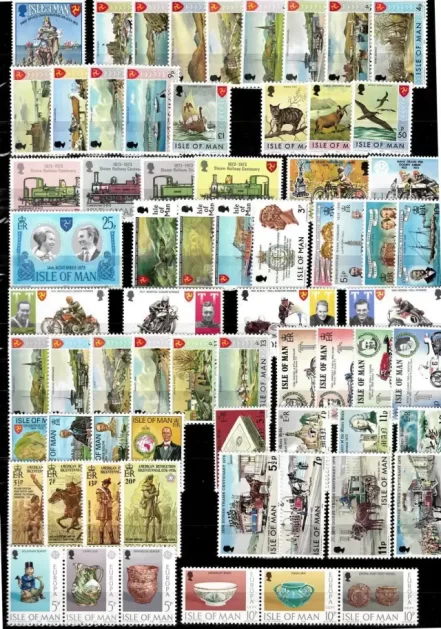
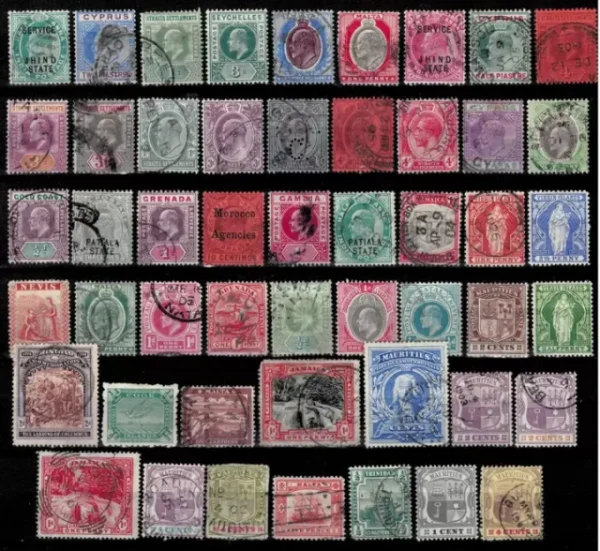
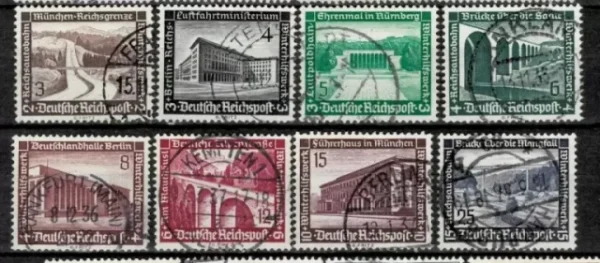
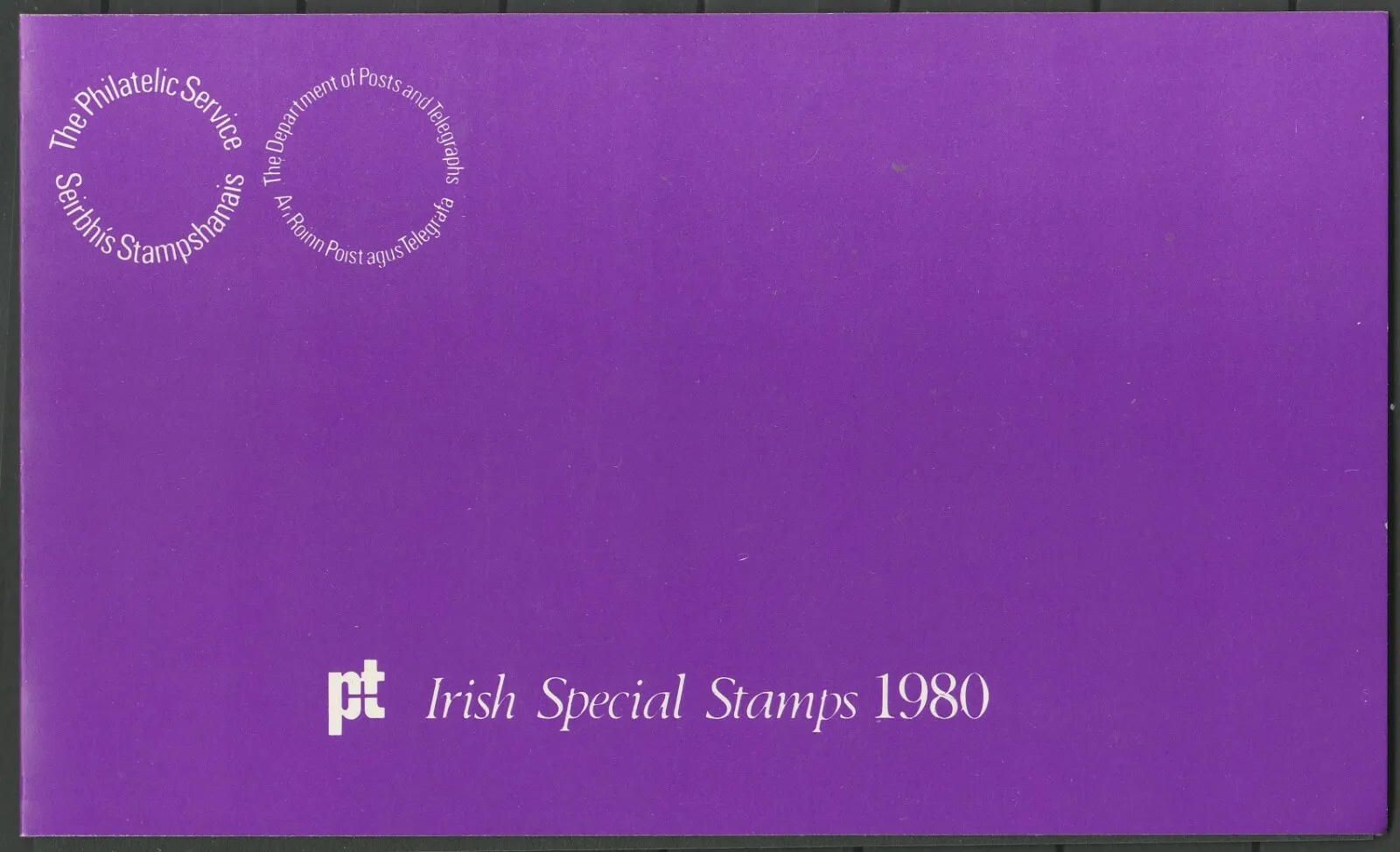
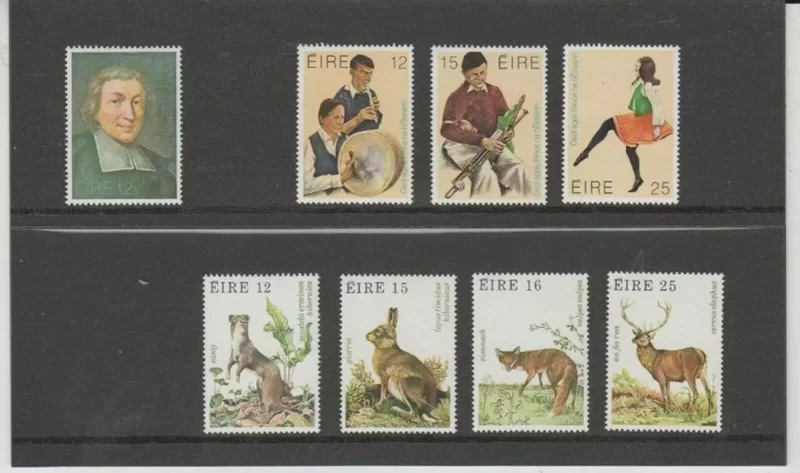
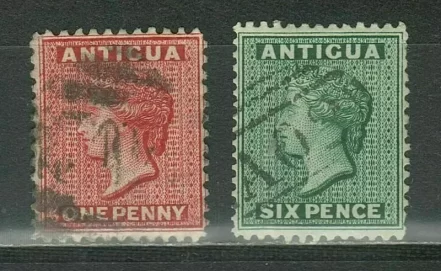
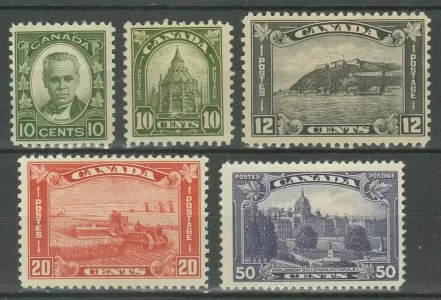
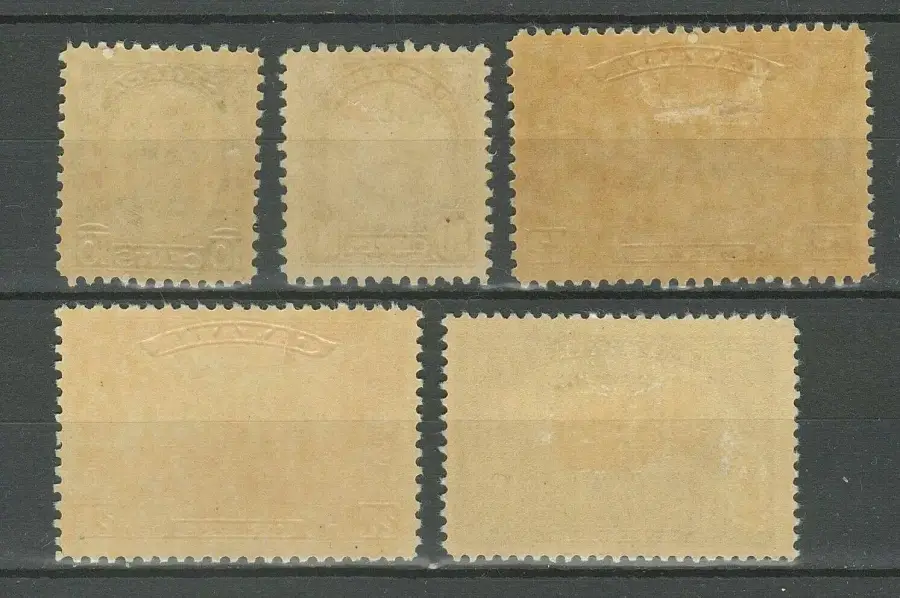
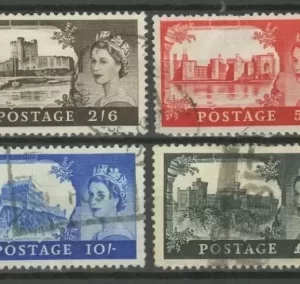
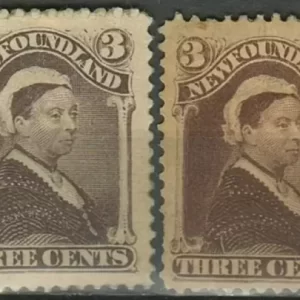


Reviews
There are no reviews yet.